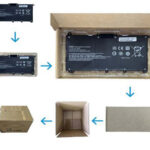
Lithium Battery Shipping
01/08/2025Laptop Cover Materials (A, B, C, D) Buying Guide
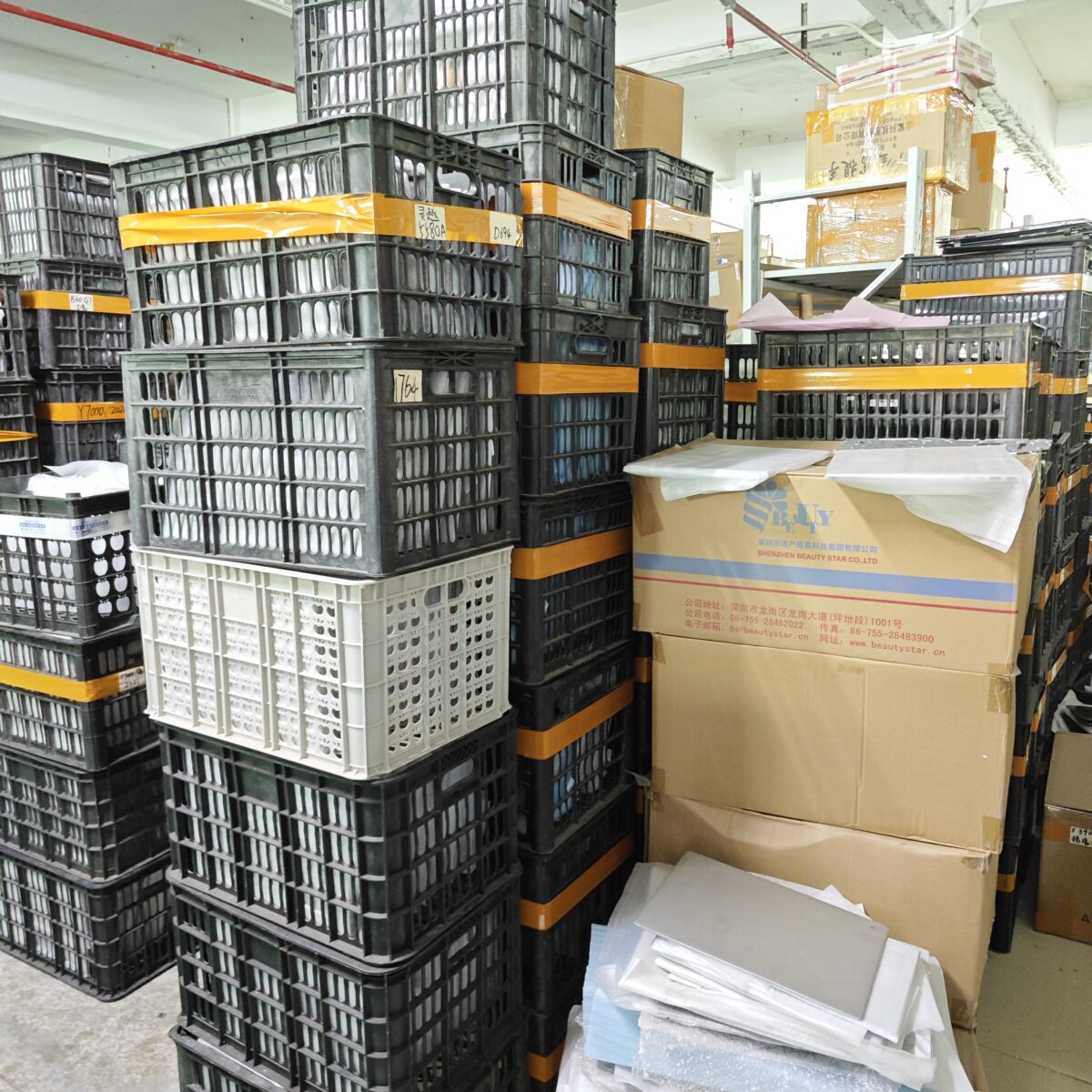
Laptop casing materials are an important component of laptops and one of the factors that determine the price of a laptop.
“Laptop casing materials not only determine the appearance and durability of a computer, but for wholesale buyers of laptop casing materials or OEM/ODM customers.
understanding the differences between different materials and A/B/C/D casings can help them make more reasonable purchasing decisions.”
Common types of laptop casing materials
The main materials used for laptop casings are: ABS engineering plastics (PC + ABS), magnesium-aluminum alloys, aluminum-magnesium alloys, titanium alloys, and carbon fiber.
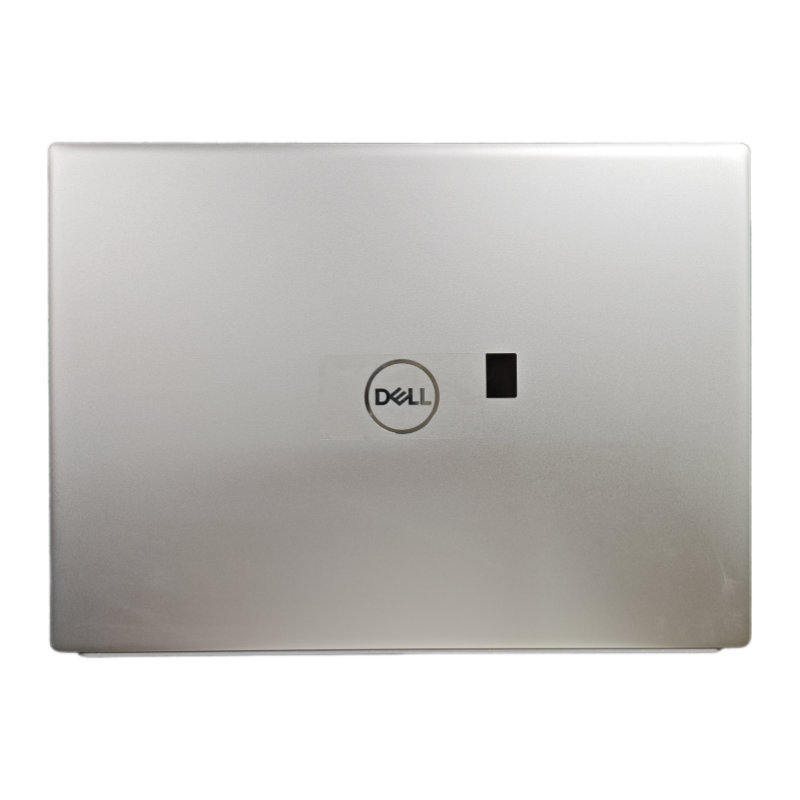
ABS engineering plastic (PC+ABS)
This material is composed of ABC and resin.
Advantages: Lightweight, inexpensive, high fluidity, easy to mold, attractive shell edge treatment, and strong impact resistance.
Disadvantages: Poor heat dissipation performance, relatively heavy, and mostly used in entry-level or budget-limited models.
Aluminum-magnesium alloy
Mainly 94% aluminum, a small amount of magnesium (5%), and 1% other elements, aluminum-magnesium alloy was first used in Apple computer casings.
Advantages: Lightweight, good heat dissipation, more attractive appearance, easy to color, and supports multiple colors.
Disadvantages: Complex manufacturing process, high cost, mostly used in mid- to high-end thin and light notebooks, weak impact resistance.
Magnesium-aluminum alloy
Mainly composed of 90% magnesium, 9% aluminum, and 1% zinc, it is currently one of the lightest practical metal structural materials.
Advantages: Good heat dissipation and electromagnetic shielding performance.
Disadvantages: Zinc is very active and has weak corrosion resistance. It is prone to oxidation over time and requires special coating treatment, which is costly. It is commonly used in high-end lightweight laptops.
Titanium alloy
Mainly composed of 95% titanium and 5% other elements.
Advantages: Extremely high strength, strong corrosion resistance, and unique appearance and texture.
Disadvantages: However, it is difficult to process and expensive, so it is only used in high-end business or professional models.
Carbon fiber
Made of carbon atoms, carbon fiber is several times stronger than steel and is suitable for high-end business notebooks.
Advantages: Low density, light weight, strong impact resistance, and not easily deformed.
Disadvantages: Complex manufacturing process and high price.
Notebook shell materials can be divided into (A/B/C/D) shells/surfaces.
| Position | Common Name | Description | Typical Material | Main Function |
| A-Side | Top Cover / Screen Back Cover | The back of the screen, usually with a brand logo, facing away from the user | Metal, Carbon Fiber | High strength and durability, protects the screen and internal components, enhances appearance |
| B-Side | Bezel | The front side of the screen, facing the user | Plastic, Metal | Fixes and protects the screen edges, prevents panel damage |
| C-Side | Palmrest / Top Cover with Keyboard | The area containing the keyboard and touchpad | Plastic, Metal | Supports and protects the keyboard area; can be sold separately or with keyboard |
| D-Side | Bottom Cover | The bottom case with ventilation holes and screws | Plastic, Metal | Protects core components (motherboard, battery), provides heat dissipation |
How to identify and purchase the correct shell accessories
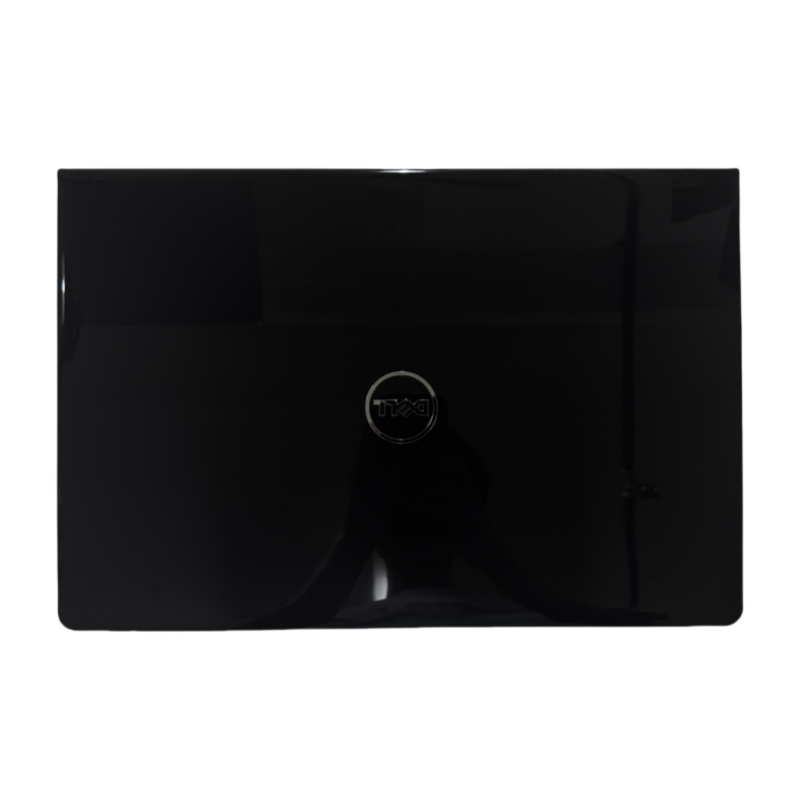
Confirm the model number by checking the label on the bottom of the laptop or the system information.
- If the screen cover has scratches or cracks → Purchase A shell (Top Cover)
- If the screen bezel is damaged → Purchase B shell (Bezel)
- If the keyboard area or palm rest is damaged → Purchase C Shell (Palmrest with Keyboard)
- If the bottom shell is cracked or the latches are damaged → Purchase D Shell (Bottom Cover)
Check compatibility and shell design.
Each product in the factory has a number, which is compared with the part number.
Laptop casings require additional ports and USB interfaces for other devices.
Check whether the laptop opens and closes easily and whether the laptop’s exterior design is ergonomic.
Purchasing Recommendations
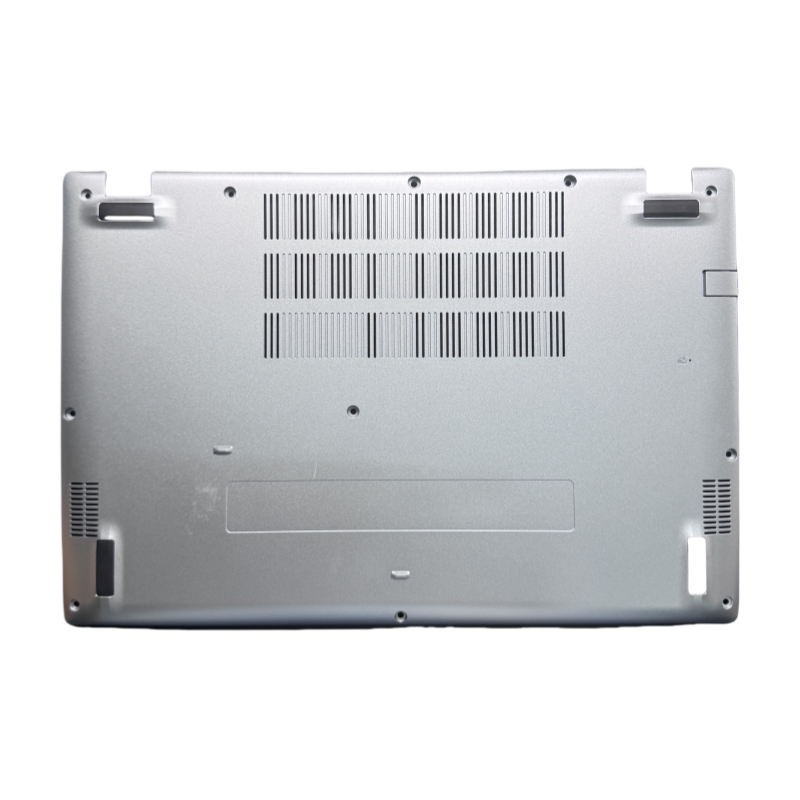
Repair Centers: Select individual parts (e.g., A shell/C shell).
Wholesale Purchasing: Select complete sets of A/B/C/D shells, suitable for distributors or repair shops to stock.
Extending the lifespan of laptop casings
Like laptop batteries, regular maintenance and care can extend the lifespan of laptop casings.
- Like laptop batteries, casings need to be kept at an appropriate temperature and should not be exposed to high temperatures or humid environments.
- Regularly clean the outer shell using a soft cloth, and avoid using strong corrosive cleaners.
- Avoid using the laptop on hard, rough surfaces to minimize the risk of scratches.
- When carrying the laptop outdoors, use a dedicated protective case or backpack to reduce the likelihood of accidental damage.
By following these methods, you can effectively extend the lifespan of the outer shell and keep your laptop in optimal condition.
Frequently Asked Questions
Why does the metal laptop battery case leak electricity?
This is usually because the adapter is not positioned properly when in use. When the adapter is connected to the computer, the leakage current generated cannot be properly discharged to the ground, resulting in an electrical leak.


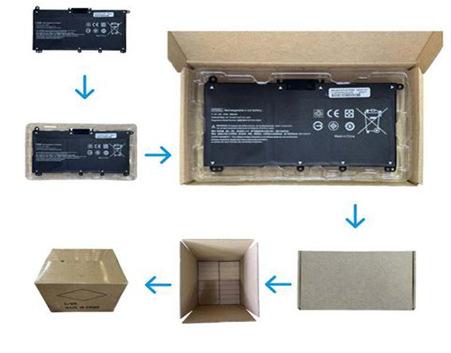
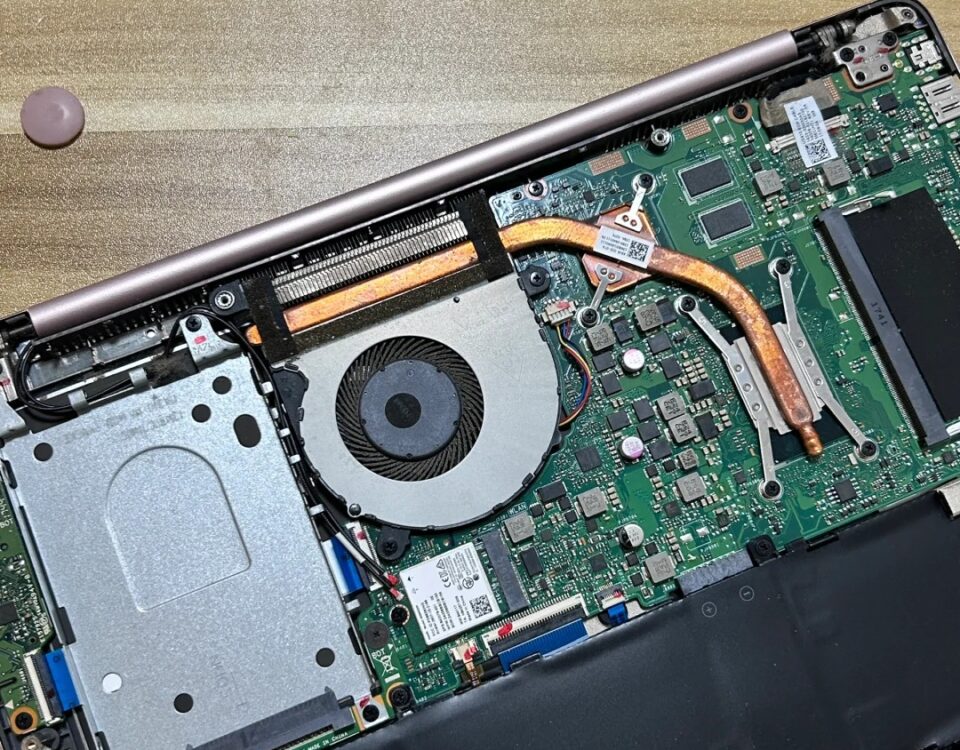
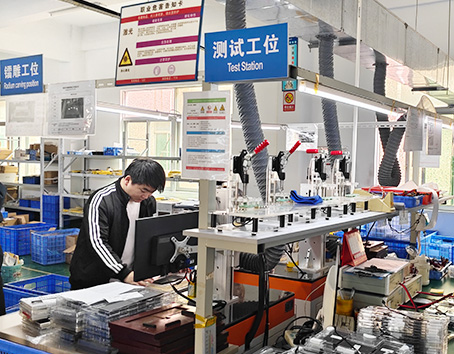

2 Comments
Escort Dating For Click: https://goldclass.yenibayanlar.com/kategori/ordu-escort/gulyali-escort/amp/
mqu1ud